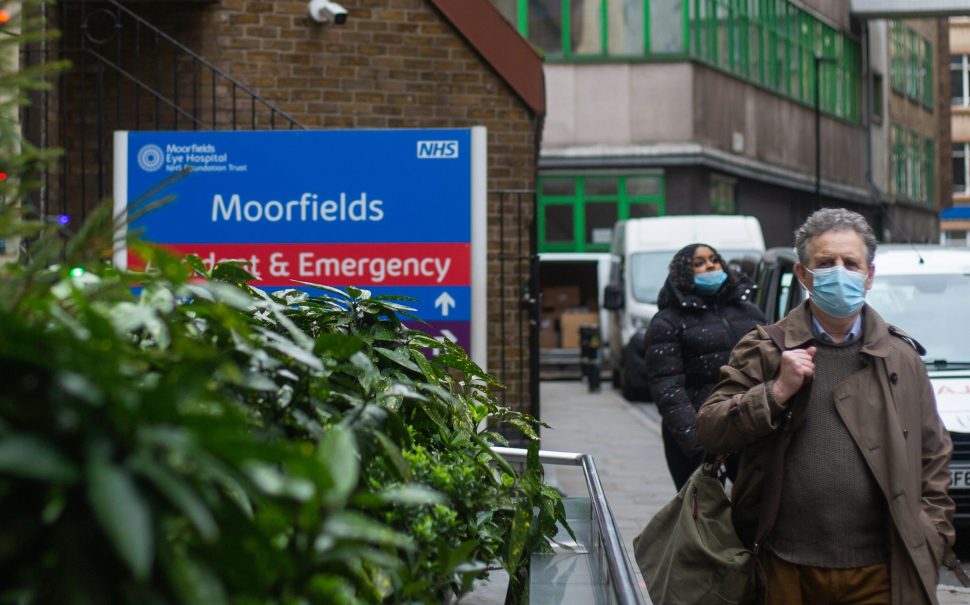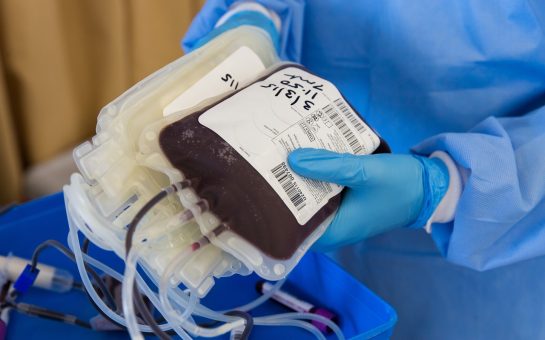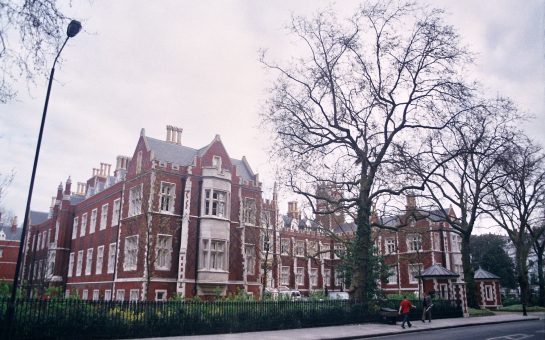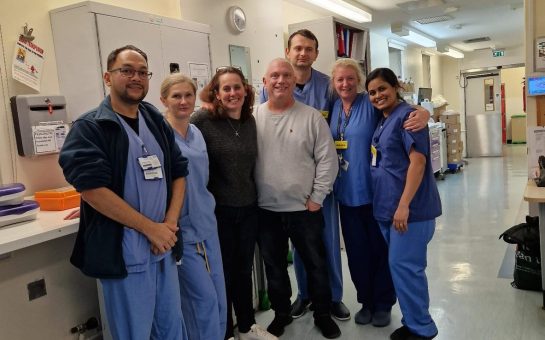Outpatient delays at Moorfields Eye Hospital remain significantly higher than before the pandemic, despite signs of improvement over the past year.
In 2024/25, there were over 134,000 outpatient appointments delayed to a later date at the hospital’s City Road campus, which includes Richard Desmond’s Children’s Eye Centre, accounting for 17% of all appointments.
This figure is 1.5 times higher than in 2018/19 when delays stood at 87,000, which were11% of the total number of outpatient appointments.
However, the increase in delays has steadied in the last year with a 2% decrease from 2023/24’s delays.
A Moorfields Eye Hospital spokesperson said: “To ensure the quality and safety of our services across 20 sites and all specialties, we prioritise patients with the greatest clinical need.
“This may occasionally mean longer waits for some patients with stable conditions at specific sites.”
National trends
The rise in delays at Moorfields reflects national trends in specialist eye care.
At Addenbrooke’s Hospital, 19% of ophthalmology outpatient appointments were delayed in 2024/25, a threefold increase from the 5.3% in 2018/19.
By contrast, general hospitals such as King’s College Hospital have maintained low delay rates.
Since 2018/19, delays have never exceeded 5% of outpatient appointments there, and between 2018/19 and 2022/23, the rate only rose slightly from 1.7% to 2%.
A Royal College of Ophthalmologists survey found only one in four ophthalmology departments believe they are able to meet the needs of their patients.
A spokesperson said: “Ophthalmology services are under significant strain with more patients than ever requiring services.
“There is a clear need for additional training places and more support.”
Long-term delays and cancellations
Despite overall delays remaining high, long-term delays – appointments pushed back more than three months – have remained relatively stable at Moorfields.
In 2024/25, only 3.7% of outpatient appointments had long-term delays, the lowest figure since the pandemic and only one percentage point higher than in 2018/19.
At Addenbrooke’s Ophthalmology department, long-term delays grew sharply, from 0.5% in 2018/19 to 6.3% in 2024/25.
Moorfields also had far fewer cancelled appointments than other ophthalmology departments, with only 9,000 cancelled appointments in 2024/25, which represented 2.5% of their total appointments.
In contrast, 51% of outpatient ophthalmology appointments at Addenbrookes and 42% at Bristol Eye Hospital were cancelled.
Reasons for delays
Since 2018/19, Moorfields has most frequently cited “Clinician’s decision” as the reason for outpatient delays or cancellations.
In 2024/25, it was used over 55,000 times, which is nearly 40% of all delayed or cancelled appointments and more than six times the number of “clinic cancelled” delays or cancellations (8,500).
That figure marks a 138% rise from 2018/19, and an 11% increase on last year alone.
In comparison, of all 74,000 cancelled appointments at Bristol Eye Hospital in 2024/25, only 301 (0.4%) were cancelled by the hospital.
Waiting times across the Moorfields NHS Foundation Trust
While the number of delays are high, average waiting times from referral to appointment have improved across the full Moorfields NHS Foundation Trust, dropping from 48 days in 2018/19 to 40 days in 2023/24.
However, this average varies significantly across different sites.
The five most visited sites in the Trust – City Road, Northwick Park, Ealing, Croydon and St George’s – had an average waiting time of 61 days in 2023/24, the highest since 2018/19 (excluding the pandemic).
This is almost ten days longer than in 2022/23.
The worst-affected site was Ealing Hospital, where wait times jumped from 63 days in 2018/19 to 90 days in 2023/24.
Contrastingly, Moorfields’ City Road campus cut average waiting times to 38 days, a 17% improvement on 2018/19.
A Moorfields spokesperson said: “We provide a similar number of appointments as we did before the pandemic, and many services offer historically low waiting times.”
Department-level delays
All specialist departments at Moorfields’ City Road campus experienced a spike of delayed appointments during the pandemic, but some have not made the recovery as well as others.
General ophthalmology delays remain near pre-pandemic levels at 7.3% in 2024/25, just 1.2% higher than in 2018/19.
However, departments handling potentially life-threatening conditions have seen delays rise.
The ocular oncology department, which deals with eye tumours, had 15.6% of outpatient appointments delayed in 2024/25, the highest figure since Covid and a 3% rise from last year.
The neuro-ophthalmology department, which deals with nerve conditions, saw delays rise from 8% in 2018/19 to 30% during the pandemic, before steadying at 16% in both 2023/24 and 2024/25.
Neuro-ophthalmology also has among the longest average waiting times, now reaching 17 weeks, which is just inside the NHS 18-week referral-to-treatment target for non-urgent treatment.
A Moorfields’ spokesperson said: “Our cancer services have outperformed all their targets over each of the last six years, and 98% of A&E patients have been treated within four hours in this period against a national target of 95%.
“Over 80% of patients start their treatment within 18 weeks of referral, compared with a national average of under 60%.”
In 2018/19, the average waiting time for neuro-ophthalmology was six weeks less at 11 weeks.
A spokesperson for the Royal College of Ophthalmologists said: “Increased delays to patient outcomes are commonly associated with worse outcomes for patients.
“Many eye conditions such as glaucoma are progressive which, if left untreated due to delays, can lead to permanent reduction in visual acuity.”
Moorfields has introduced video consultations and diagnostic hubs, which are said to have reduced the length of diagnostic appointments and have reduced the number of trips patients must make to the hospital.
They have also created a single point of access system in North Central London which Moorfields have claimed dramatically improves the quality and efficiency of referrals and services.
Featured image credit: Karollyne Videira Hubert via Unsplash





